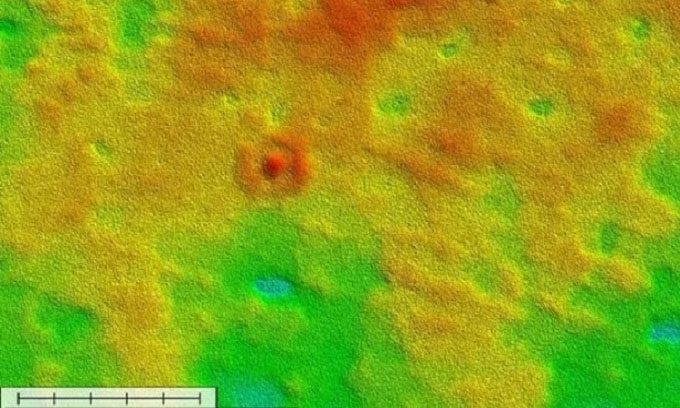Satellite images help researchers uncover traces of ancient coral reefs as the Australian desert is submerged under sea water.

Traces of coral reefs in the Nullarbor Plain. (Photo: Milo Barham)
The Nullarbor Plain in southern Australia is currently an extremely flat limestone platform spanning over 965 km. However, this area was once home to a vast prehistoric ocean, which led to the formation of coral as the plain was submerged underwater. An international team of scientists made this discovery using high-resolution satellite images. They published their research findings in the journal Earth Surface Processes and Landforms.
According to Dr. Milo Barham from Curtin University in Australia, unlike many areas around the world, much of the Nullarbor Plain has remained largely unchanged due to weathering and erosion over millions of years. Through high-resolution satellite imagery and fieldwork, we identified remnants of a structure on the seabed that has been preserved for millions of years.
The terrain resembling a coral reef includes a circular raised area, 1,300 meters wide, with a dome shape at its center. “This circular ‘hill’ cannot be explained by extraterrestrial impacts or any other deformation processes, as it preserves microbial ecosystems and many features commonly found in modern Great Barrier reefs,” Barham explained.
Barham and his colleagues made their discovery by utilizing high-resolution satellite images, revealing subtle features that represent the evolutionary history of the environment in the Nullarbor Plain. The ocean covering Nullarbor began to dry up 14 million years ago, exposing limestone in shallow waters during the late Cenozoic era. Since then, very little disturbance has occurred on the plain, with no significant sediment deposition or strong movements leading to mountain formation.
“Evidence of long-lost rivers, along with traces of sand dune systems imprinted on the limestone, preserves ancient landscapes and even records common wind directions. At the surface, due to relatively stable conditions, the Nullarbor Plain preserves a large amount of meteorites. These features make Nullarbor a land forgotten by time,” Barham shared.


















































